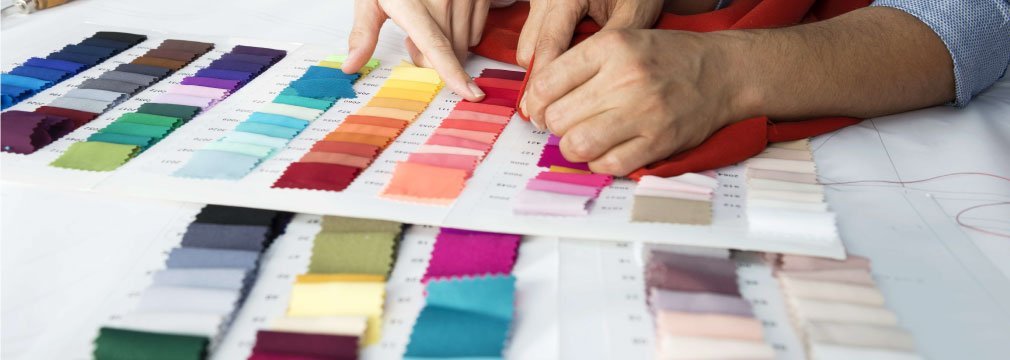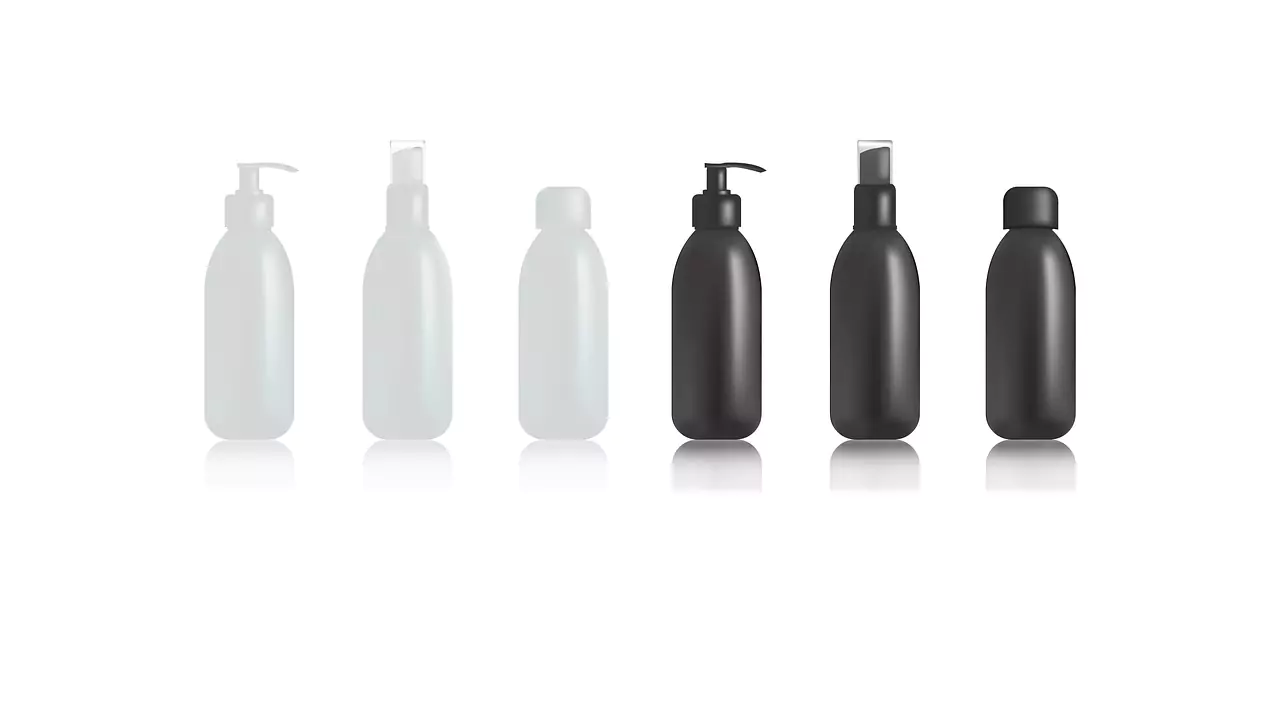Jump To the Part You Need
Choosing Fabric Options for Each Garment Type
The choice for the fabric to use for any type of clothing is a very crucial step in clothing production. Choosing, or at times, settling with the wrong type of fabric can be the main reason for the clothing product’s disappointing performance in the market.
What makes the fabric selection process tough is the fact that there are many options for fabric types and a few of them could seem the “perfect” fit for a given garment. However, by having some common examples, the process of choosing the right material for your custom clothing product can be made easier.
Want to learn more about the whole clothing production process? Check out our guide: The Ultimate Guide For New Clothing Manufacturers
Choosing Fabric for Clothing Production
There are only two reasons why garment professionals start a clothing line: it’s either they like a fabric and have to find a fitting pattern for it or they like a pattern for which they need to find a fabric for. Both of these aspects contribute to a great clothing product. They should compliment each other and work altogether.
An excellent fabric would be useless if it is used on a wrong pattern and vice versa. That’s how the magic works for clothing materials and cuts. Let us give a closer look on sewing patterns and fabric; particularly the latter which is a bit more complex because of the huge variety.
1. Patterns
Most of the time, there are specific sewing patterns paired with certain fabrics depending on weight, elasticity and drape. These factors compliment the pattern which is why the pairing is already listed as traditional combination.
However, there are no written rules saying a pattern cannot be paired with a certain fabric. At the end of the day, it is still up to private label clothing manufacturers to decide on which sewing pattern to use. The results are only different in terms of people’s tastes and what clothing design for manufacturing you choose.
2. Fabric
Choosing the fabric type is more evident to the outcome of the garment or clothing product compared to choice of sewing pattern. However, this doesn’t mean choice for sewing patterns does not impact the product. As mentioned above, fabric and pattern work altogether. The main catch is choosing for fabric type is a tough decision due to the different types available out there. The fabric you choose would definitely make or break your garment product. Here is a list of the most popular fabric types out there commonly used by clothing production factories.
Cotton voile
A lightweight, semi-sheer fabric notable for having great drape.
Cotton lawn
Similar to the cotton voile but with a more crisp feel.
Rayon challis
Smooth and lightweight with excellent drape. However, this fabric is slightly heavier compared to other lightweight fabrics such as cotton voile and cotton lawn.
Chambray
Smooth and lightweight but is not known for having good drape.
Denim
Heavy fabric with close to no drape and elasticity.
Double gauze
Rarely used fabric which is literally two layers of gauze woven together. The double layer solves the issue of sheerness when sewing clothing from gauze while retaining its positive qualities (lightweight and breathable).
Knit
There are different kinds of knit ranging from heavy to middleweight fabrics. This type of fabric is your automatic choice if the garment needs to have a great deal of stretch.
Silk
Lightweight and fragile with excellent drape. This fabric is slightly shimmery and slippery making it difficult to work with. Commonly used as a lining fabric.
Satin
Weight varies depending on the type of satin. Much like silk, shimmery, slippery and fragile.
Linen
Middleweight fabric that is a bit elastic. Linen conducts heat very well, which is why it’s a popular choice for warm-weather anything.
Wool
Has a wide variety of types depending on the kind of sheep the wool is taken from. Extremely durable and warm.
Flannel
Soft and lightweight fabric that works well for perfect for loose garments.
Popular fabric options for each garment type
Jeans and pants
Linen (for warm weather), denim (most common choice), flannel and wool are some of the best options.
Shirts and blouses
Any type of cotton fabric, rayon challis, double gauze, knit, silk, chambray, linen, and flannel (for shirts and blouses with less drape).
Skirts
Cotton lawn, rayon challis, denim, knit, and linen.
Dresses
Cotton voile, cotton lawn, rayon challis, double gauze, knit, silk, satin, linen, and wool (particularly winter clothes).
Seeking advice from professionals in factories that make clothes is advisable for choosing the fabric you will use for your garment or product. You can also just google for the sub-categories to narrow down the options. The list of fabric options above is only a basic overview and there are more sub-categories for each type of fabric. If you are a small batch clothing manufacturer, simply seek for professional advice and at the same time learn from industry examples as you move forward.









